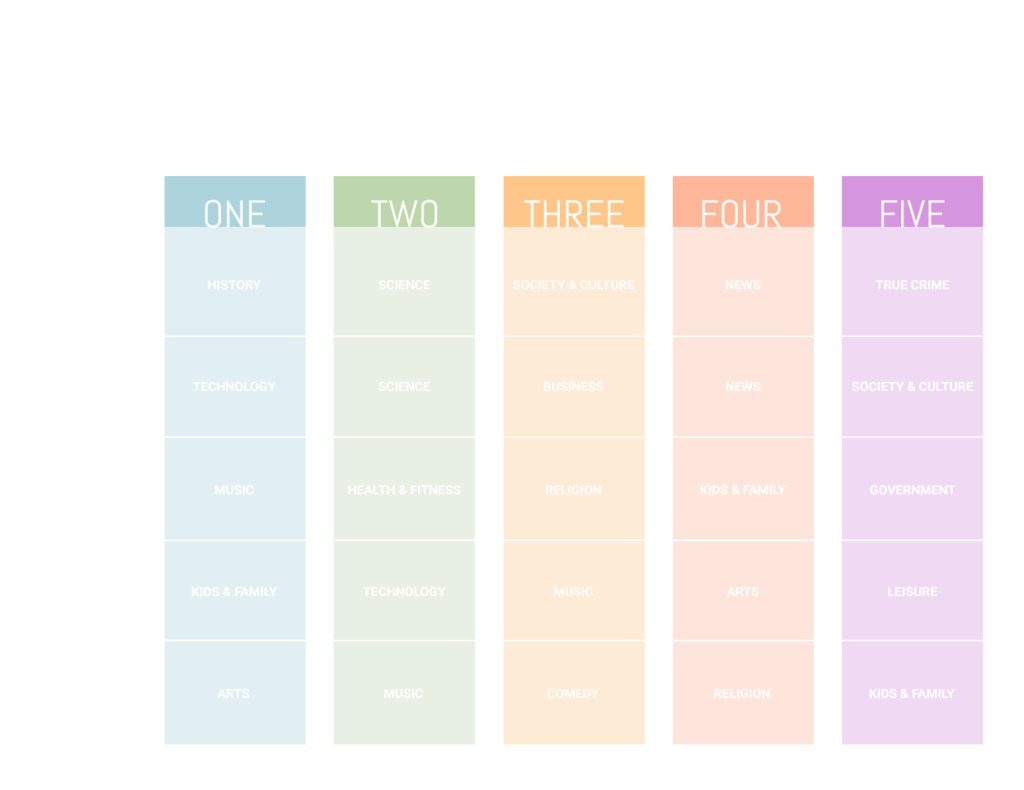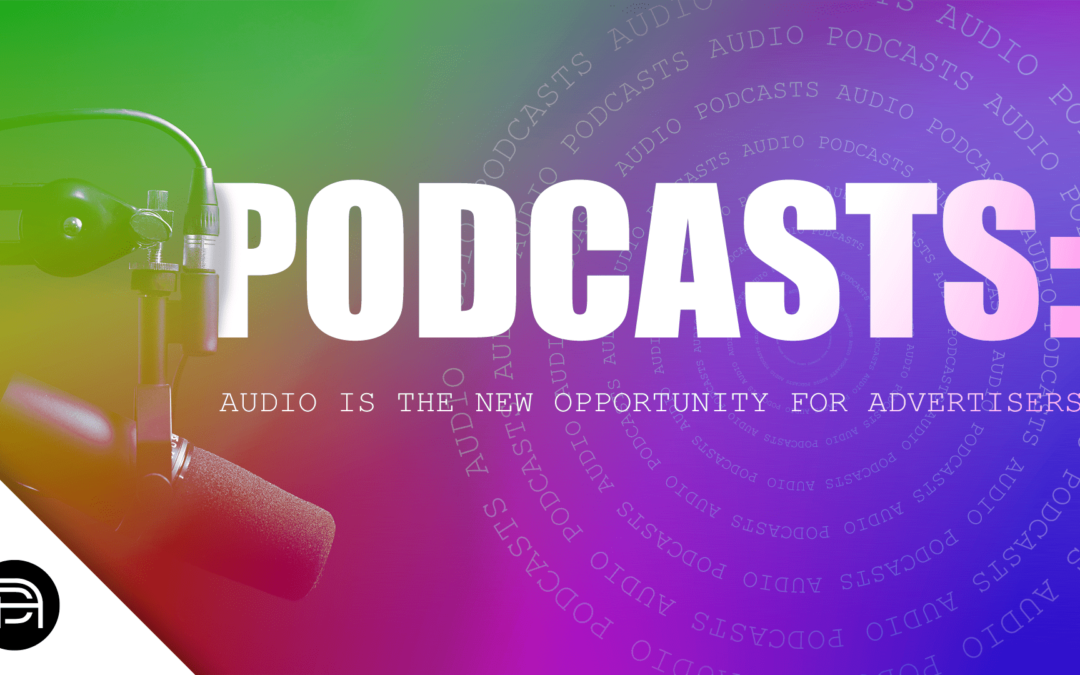Podcasts have become more popular than ever before for consumers, for content creators, and now, for advertisers. Over the past decade, this medium has experienced enormous audience growth, with listenership in 2020 surpassing 100 million for the first time. With more consumption also comes more content – at the start of this year alone, there were more than 1.7 million titles available for audio-enthused. Ad spending is following suit which is predicted to jump nearly 45% to $1.13 billion.
This combination of both growth in podcast variety and user consumption has made it an extremely appealing advertising platform for brands. Studies have also demonstrated that podcast advertising drives stronger brand recall over more traditional forms of advertising. Nielsen’s podcast effectiveness studies have found that host-read ads drive a brand recall rate of 71%, which subsequently creates high levels of consumer interest, purchase intent, and recommendation intent.
Nielsen’s podcast effectiveness studies have found that host-read ads drive a brand recall rate of 71%, which subsequently creates high levels of consumer interest, purchase intent, and recommendation intent.
In order to assess whether podcasting is right for your brand, we’ve provided a roundup of insights to show what we can expect in this space.
- Podcast listeners are more diverse and the multicultural audience is growing fast
We mentioned that the growth in podcast listeners in the U.S. has skyrocketed over the year – but what’s more interesting is that audience diversity, specifically, is growing at an accelerated rate. Over the past decade, non-White podcast audiences have grown faster than White audiences, and as of just last year, the U.S. podcast audience was more diverse than the U.S. itself.
Among ethnic groups, Hispanics have gravitated to podcasts the most, with reach increasing from 1.1 million in 2019 to 6.8 million in 2019. That’s a growth rate of 6x, far outpacing the 4x growth among White audiences. Other ethnic groups including Asian and Black are experiencing a 5x growth.
- Different genres appeal to different demographic groups
While the growth in diversity is noteworthy, it’s also important to understand that podcast genres across different audiences are notably different from other listeners. Kids and family podcasts, for example, rank highest among Hispanics – a genre that doesn’t even rank in the top 5 among Whites or Asian Americans. This doesn’t come as a surprise given that many Hispanics live in multigenerational homes and have strong familial ties. These nuances are important for brands to consider when crafting a targeted podcast strategy among their audience. Below is a chart that shows the top 5 podcast genres that appeal to different demos.

- The pandemic proves the resiliency of podcast listenership
Audio suffered as a result of the coronavirus, with the absence of the morning work commute leading to a decrease in consumption. However, as the year progressed, podcasts rebounded as people changed their media habits. Despite less time spent in cars and traveling, podcast listenership among heavy listeners remained relatively stable year-over-year – about 25% of U.S. podcasts still listen more than 10x times per month. This indicates a lasting preference for podcasts even after the pandemic subsides. As lockdowns let up and consumers spend more time in their vehicles or in transit, podcast listenership can only be expected to grow.
- For listeners, podcast variety matters. For brands, the type of listener (heavy vs. light) does not.
According to a recent Nielsen Scarborough study, 40% of U.S. podcast listeners tune in to 4 or more episodes each week. Only a quarter tune into just one episode in a given week, demonstrating that podcast consumers enjoy a variety in their selection. This means brands should consider a variety as they plan which shows to run their ads within.
In terms of the type of listener for brands, both heavy and light podcast users are among the most desirable audiences. This is for two reasons:
- These groups are very engaged with the content they listen to and therefore extremely receptive to advertising within their favorite shows
- They both have a much higher household incomes than the general population
The combination of engaged audiences and high household incomes leads to these listeners frequently taking action when they hear an advertisement. These groups have a high affinity for visiting a website for more info on the product or to make a purchase.
All in all, podcasts represent a rich opportunity for advertisers, but with that comes unique challenges within an ever-expanding and crowded space. In order for brands to be successful, they first must understand what their audience is listening to, what they respond to, and the best way to engage with them within this medium.
– Emily Le, Senior Marketing Strategist
For more information or any questions, feel free to reach out to [email protected].



